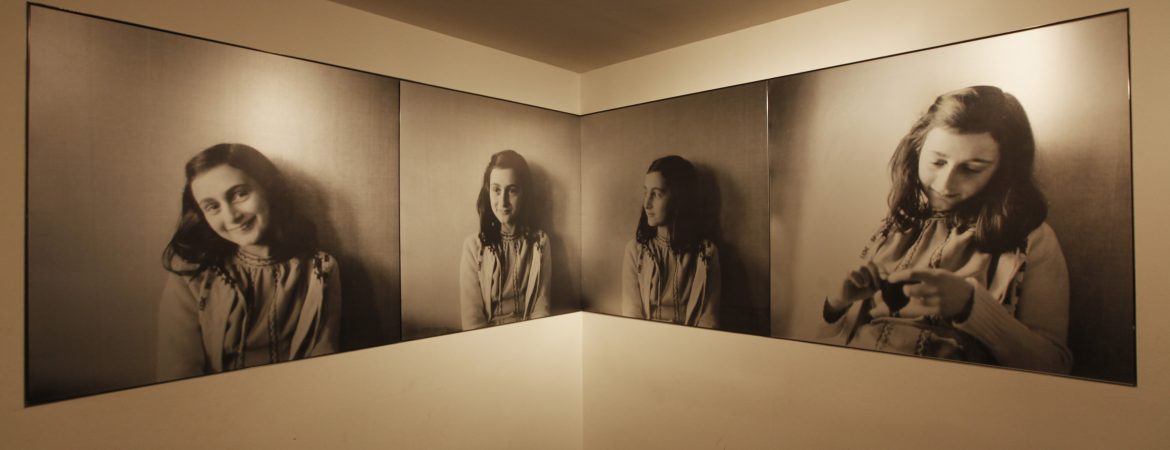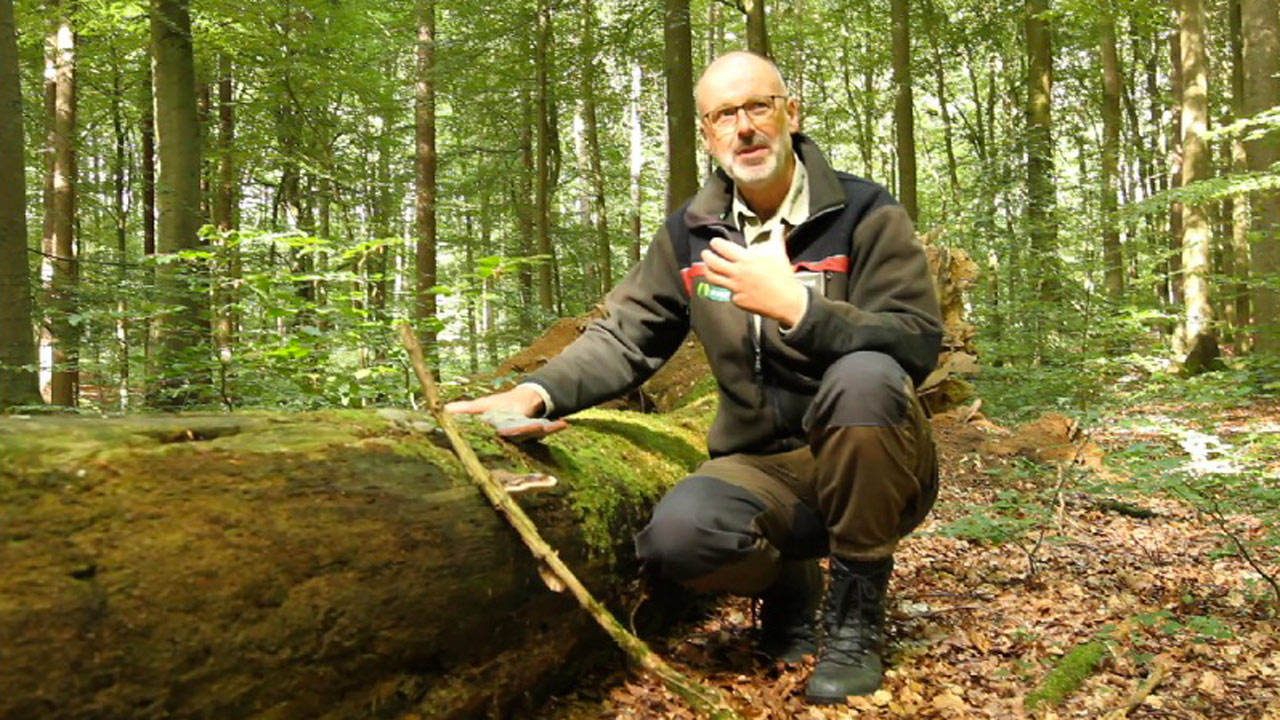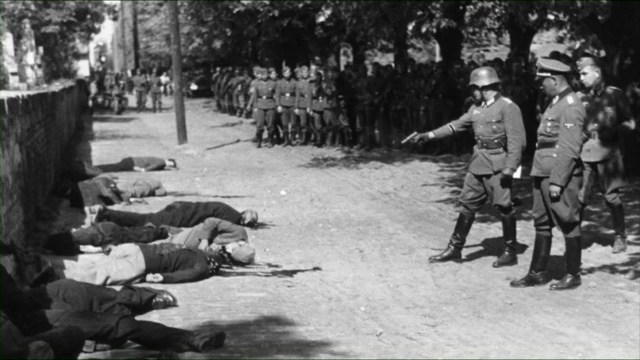An exhibition on the life and times of German Holocaust survivor Annie Frank is on at IIC from April 18-29, 2019. The exhibition boasts of dairy excerpts, photographs and video footage and is an effort to enhance curiosity about Annie Frank’s journey.
Kabir | The New Leam Staff

Many of us will remember reading Annie Frank’s ‘The Diary of a Young Girl’ as teenagers, and how much its contents fascinated us. The German born Jewish Annie Frank is perhaps the most discussed victims of the holocaust. She gained worldwide fame for being a diarist, who documented the details off her life in hiding from 1942-1944. This was the time when Germany had occupied Netherlands during the Second World War.
The book is so appreciated around the world that several plays and films have also been made on the dairy. Annie Frank had moved with her family close to Amsterdam, when the oppression of Jews aggravated beyond control in her native Germany.
When Germans occupied Netherlands in May 1940, her family was stuck there. The persecution of the Jews was growing every day, so the Frank family made up their mind to go into hiding behind in some concealed rooms behind a bookcase in the building where Annie Frank’s father was employed. The family was finally arrested in 1944, but for two years Annie Frank kept her dairy and described in detail the life of her family. The family was then transported to a concentration camp where they died a coup0le of months later. The only person who survived from the concentration camp was Annie Frank’s father, who returned to the family’s place of hiding to find Annie’s dairy. His efforts led to the publication of the dairy in 1947. It had been translated to English from Dutch in 1952.
The dairy of Annie Frank is one of the best loved books in the world today and nobody who reads its once, fails to be intrigued by the manner in which the little author had managed to carve out such detailed descriptive analysis. This book takes us beyond time and space and brings us close to the ghastly implications of the holocaust on Jews. It is the love of the book that has led to the organisation of an exhibition in New Delhi on Annie Frank.
The exhibition is an attempt to show writings by Annie Frank and many of her family photographs to the wider audience interested in knowing how they survived two years in hiding and what those years were composed of. The exhibition has been titled ‘ Annie Frank- A History for Today’. The exhibition is trying to highlight Annie Frank’s story in the background of the Second World War (1929-1945) and the German Holocaust. The exhibition is going at India International Centre from April 18-29.
It is interesting to note that the dairy in which Annie Frank wrote had been presented to her on her 13th birthday and ever since they went into hiding, she wrote all her thoughts in that dairy. It is also extremely important to understand that a primary resource such as a personal dairy can become such an important tool in making sense of history. The dairy helps us to see the draconian oppression of the Jews and the persistent fear of persecution that the Frank family had undergone. The exhibition is being organised by the Annie Frank House in Amsterdam, Peace Works and the Netherlands Embassy. The exhibition boasts of photographs, dairy content and video footage of Anne Frank taken in 1941.
This dairy has won love across the globe and this is evident in the fact that it has been translated to 6o languages. The dairy enables us to see history through personal narrative and holocaust from a teenager’s eyes.












